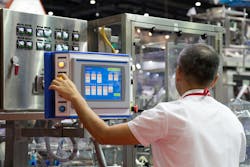Key highlights
- Industrial HMI enclosures are critical for automation, providing a robust, standards-rated protective shell for electronics while offering ergonomic, intuitive operator access to complex control systems.
- Optimal specification requires a multi-factor evaluation of design considerations, including material selection thermal management and electromagnetic compatibility to ensure reliable system integration across diverse applications.
- Beyond protecting sensitive components, enclosures are vital for operator safety by providing physical shielding from electrical hazards, environmental isolation, controlled access and integrating immediate safety features like emergency-stop buttons.
Industrial enclosures and human-machine interfaces (HMIs) represent a pivotal advancement in automation and control. These integrated systems enable seamless interaction between operators and complex machinery, offering robust protection for sensitive electronics and user-friendly access to real-time data. As factories evolve, the need for such enclosures grows, delivering durability, reliability and efficiency across diverse applications.
An industrial enclosure with an HMI is a protective casing, typically made from metals like stainless steel or aluminum or reinforced thermoplastics, equipped with electronic components, including an HMI screen or control panel. HMIs act as the “window” between operators and automated systems, allowing intuitive command input, process monitoring and diagnostics.
Features include environmental protection, rated for dust, moisture, chemicals and impact, often to NEMA/IP standards; mounting flexibility, available as pedestal-mounted, pendant, panel or standalone cabinets to suit any facility layout; customizability of sizes, depths and cutouts tailored for specific devices or processes; operator Ergonomics designed for comfortable use with adjustable heights, angles and sometimes integral handles.
Applications include assembly and packaging lines where operators initiate cycles, adjust setpoints and monitor production metrics via protected HMI panels; robotics and automation cells where touchscreen HMIs on modular cabinets guide robotic arms or conveyor systems; process industries, such as chemical, food and pharmaceutical plants utilizing sealed enclosures for both hygiene and robust data entry; energy and utilities, such as power plants and substations, where enclosures maintain HMI integrity against electromagnetic interference and severe environmental factors; and custom machinery, where original equipment manufacturers (OEMs) integrate enclosures with tailored HMI layouts for unique automation solutions, boosting market differentiation.
Get your subscription to Control Design’s daily newsletter.
Design considerations
When specifying an industrial enclosure with an HMI, several factors must be evaluated for optimal system integration. These comprise material selection, ingress protection, thermal management, mounting and access, custom cutouts and accessories and electromagnetic compliance.
Choose enclosures made from stainless steel, polycarbonate or coated metals for resistance to corrosion, chemicals and impact. Higher ratings such as IP66 or NEMA 4X are essential for washdown or outdoor environments. Include ventilation, heat exchangers or cooling fans if electronic components generate significant heat. Consider whether the enclosure will be wall-, pedestal- or arm-mounted for ergonomic access and space efficiency. Design for cable glands, emergency stops, locks and viewing windows as required by application. Ensure designs meet electromagnetic compatibility standards to avoid interference with sensitive electronics.
Operator safety
Industrial enclosures with integrated HMIs play a crucial role in safeguarding operators in industrial environments. They achieve this through several mechanisms. For physical protection, the enclosure shields users from direct contact with high-voltage electrical components and moving machinery parts, significantly reducing the risk of accidental shocks and injuries. For environmental isolation, robust, sealed enclosures prevent exposure to dust, liquids, oils and chemical contaminants, maintaining a safe workspace and protecting sensitive electronics from potentially hazardous industrial conditions. For controlled access, many enclosures feature locking mechanisms or access restrictions, minimizing unauthorized interaction with control systems and limiting safety risks from improper use. Integrated HMIs often include emergency stop buttons and safety interlocks, offering rapid shutdown in case of dangerous situations. Enclosures also are designed to meet stringent industry standards like NEMA or IP ratings, ensuring that systems are built and maintained according to best safety practices.
About the Author

Charles Palmer
Charles Palmer is a process control specialist and lecturer at Charles Palmer Consulting (CPC). Contact him at [email protected].

